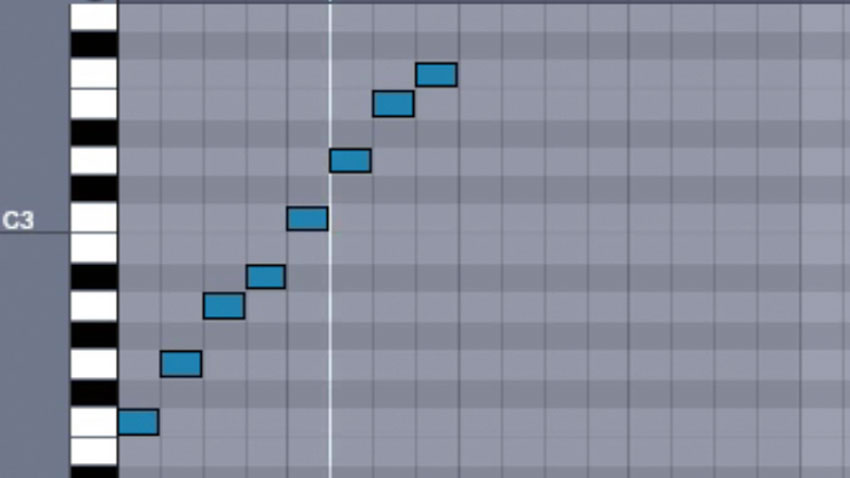
The four quarter-note chords are played as “DOWN-and-UP-and.” The down-up motions match that of the right hand and the “ands” are played with a light ripple. Match this “down-up” motion in the left hand. Measure 3 invites a drop of arm weight into the first of the four eighth notes (beat 1) and a wrist float-off at the end of the slur (beat 3). If we pulse only on the first of the four eighth notes, we get fluency and musicality. If we provide a metric pulse on both quarter-note beats, the passage bogs down with heaviness, as if running with boots in the sand. Why does cut time so effectively increase speed? Because it invites pulsing every two beats instead of pulsing every beat. The Level 3B Lesson Book includes Beethoven’s Rage Over a Lost Penny, providing a review of cut time. Virtuosity cannot be forced virtuosity unfolds from well-practiced repetitions that are based on correct information and appropriate monitoring. This takes time to develop and requires specific practice routines. In fingerwork, for example, the student must develop coordination that allows instantaneous contraction followed by relaxation, and precise contraction that does not also tense up neighboring muscles. It is tempting to push for virtuoso playing when we see potential, but pushing into big repertoire almost always backfires if we fail to ramp up through prerequisite stages.

And if we let students in on these secrets, they are usually more than willing to go through the necessary paces to achieve fast playing.

“Now I can really show off!” Then we tell the student, “The first lesson in playing fast is … slow practice.” We’ve just taken the wind out of their sails. This is what the student has been waiting for-a chance to play fast.


 0 kommentar(er)
0 kommentar(er)
